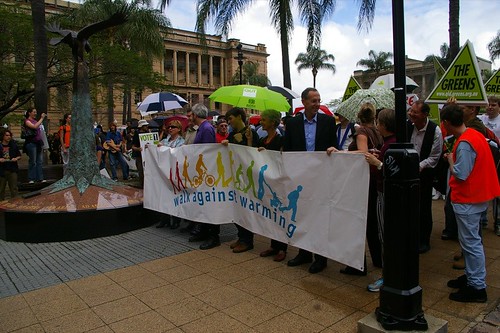Good evening. My name is David Lochbaum. I have been the Nuclear Safety Engineer for Union of Concerned Scientists for the past three years. Prior to joining UCS, I worked for over 17 years as a nuclear engineer in the nuclear industry. Between 1992 and 1995, I was a consultant to the New York Power Authority working primarily on their FitzPatrick nuclear power plant and some on their Indian Point Unit 3 facility.
I am going to speak a little bit about the history of nuclear power, but will focus more on its future. Many people have stated recently that the nuclear industry is at a crossroads because of electric utility deregulation. I personally do not subscribe to that theory because it implicitly implies either that we are all going in a big circle because we reach a crossroad every three or four months or that we are not moving at all and remain at the first crossroad we reached.
Workers at the Shippingport nuclear power plant outside Pittsburgh, Pennsylvania, flipped a switch in December 1957 to connect the plant's turbine-generator to the electrical grid. This marked the first time that a civilian utility company in the United States supplied electricity to its customers from nuclear power. In the subsequent four decades, nuclear power has generated billions of kilowatts of electricity, several thousand tons of highly radioactive waste, and immeasurable controversy.
Proponents claim that nuclear power is vital if the United States is to have energy independence and to combat global warming. Antinuclear activists claim that nuclear power plants are unacceptably risky and that nuclear waste is the wrong legacy for us to leave future generations.
This debate is what I call the politics of nuclear power. Three years of working inside the DC beltway have taught me one important lesson -- I don't want to work in politics, particularly the politics of nuclear power.
Read the article at Union of Concerned Scientists.
Saturday, January 06, 2007
The Reality of Nuclear Power
Posted by
National Enquirer
at
10:44 am
![]()
Labels: climate change, energy, environment, global warming, nuclear, union of concerned scientists
Subscribe to:
Post Comments (Atom)





No comments:
Post a Comment